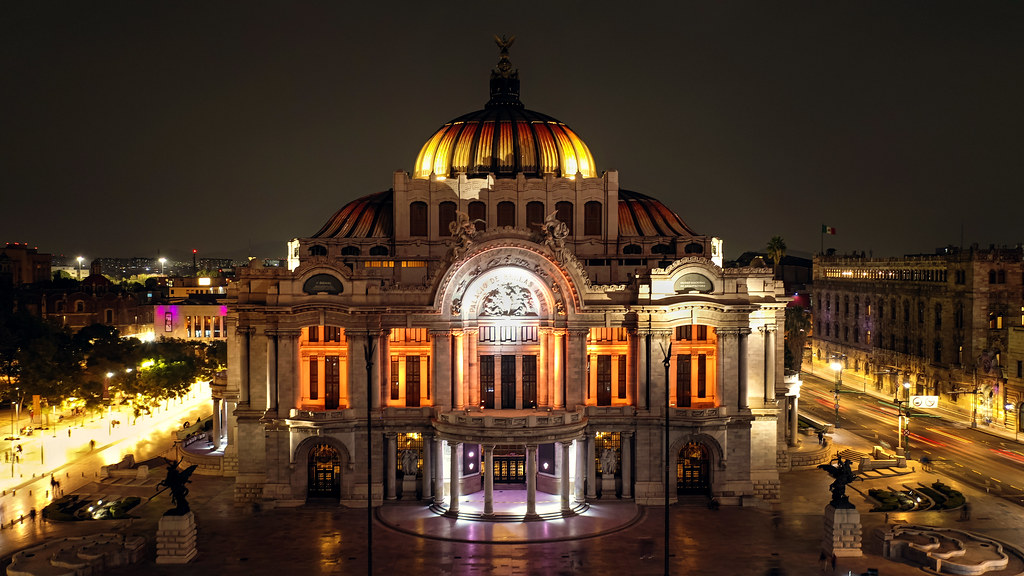From Pre-Hispanic to Colonial: A Tour of Mexico City’s Architectural Gems
Mexico City is a metropolis that has been shaped by a rich and diverse history, resulting in a stunning architectural landscape that spans centuries. From the pre-Hispanic ruins of the Aztec civilization to the grandiose colonial buildings, the city is a true treasure trove for architecture enthusiasts.
To begin this architectural journey, one must start at the heart of Mexico City: the Zocalo. This grand square is the main public space in the city and is surrounded by some of the most iconic buildings in the country. The centerpiece of the square is the enormous Metropolitan Cathedral, which dates back to the 16th century. The cathedral is a true masterpiece of colonial architecture, with a mix of Gothic, Renaissance, and Baroque styles. The cathedral’s interior is equally impressive, with elaborate altars and intricate sculptures.
Across from the cathedral, the Palacio Nacional stands tall. This building serves as the official residence of the President of Mexico and houses some of the country’s most important historical murals painted by Diego Rivera. The murals depict Mexico’s complex history, from the Aztec civilization to the Mexican Revolution. The palace itself is a beautiful example of Spanish colonial architecture, with a striking red facade and ornate wrought iron balconies.
Moving on from the Zocalo, the next stop on this architectural tour is the Templo Mayor, an Aztec temple located in the heart of the city’s downtown. The temple dates back to the 14th century and was once the most important religious site in the Aztec Empire. The temple’s ruins were only discovered in the 1970s and have since been carefully restored. Today, visitors can explore the ruins and learn about the fascinating history of the Aztec civilization.
Just a short walk from the Templo Mayor is the Palacio de Bellas Artes, a grand building that serves as Mexico City’s premier cultural center. The building is a stunning example of Art Nouveau and Art Deco architecture, with a striking white marble facade and intricate stained glass windows. The interior is equally impressive, with murals by some of Mexico’s most famous artists, including Diego Rivera and David Alfaro Siqueiros.
Another architectural gem worth exploring in Mexico City is the Casa Luis Barragan, a house designed by the renowned Mexican architect of the same name. The house is a masterpiece of modernist architecture, with a unique use of space, light, and color. Visitors can take a tour of the house and see firsthand the influence of Mexican culture on Barragan’s work.
Last but not least, no tour of Mexico City’s architecture would be complete without a visit to the Palacio de los Deportes, an iconic building that has hosted some of the city’s most significant events, from sporting events to music concerts. The building’s futuristic design is a striking contrast to the city’s colonial architecture, making it a must-see for architecture enthusiasts.
In conclusion, Mexico City’s architectural landscape is a testament to the city’s rich and diverse history. From pre-Hispanic ruins to colonial masterpieces and modernist gems, the city offers a unique and fascinating journey through time and culture. Anyone with an appreciation for architecture will be in awe of Mexico City’s many wonders.

